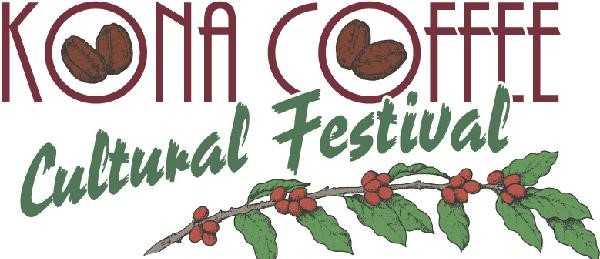Yesterday was the final day of a week of celebrating Kona coffee and the culture associated with our unique crop. It has been a week of tropical agriculture, art, history, music, politics and much more.
Kona coffee has experienced a quiet birth over a century ago, growth, expansion, almost death and a rebirth that has put Kona on the map as a No. 1 producer of top quality coffee.
Kona coffee has finally made its mark as ichi ban or No. 1. According to some top coffee marketers, Kona coffee is now considered to be the one of the world’s most sought after gourmet coffees.
This year looks like another bumper quality crop and to celebrate, the Kona Coffee Cultural Festival has attracted aficionados and tourists from around the world.
It has been an opportunity for kamaaina and visitors to get acquainted with farmers, processors and restaurants serving our coffee.
A drive through mauka Kona is a beautiful sight, especially when our coffee is in bloom or fruit.
We now have more coffee grown in Kona and the State of Hawaii than at any time in years.
This expansion of Kona’s coffee is not the first time we have had a boom but now that our coffee is considered gourmet, we are working together to avoid the boom and bust syndrome of the world’s coffee industry.
The Kona coffee industry was born with a few coffee trees brought over from Oahu. They were first planted in 1828 by a missionary-teacher, Samuel Ruggles.
These were descendants of plants that came to Oahu from Brazil a few years earlier. Over the next 150 years, Hawaiian coffee has had many ups and downs, but creative marketing and cooperative efforts have insured a bright future.
Coffea arabica is the species grown here exclusively. Other species of any commercial importance, but not grown here, include Coffea robusta and Coffea liberica.
Examples of these and several related species may be seen at the University of Hawaii College of Tropical Agricultre and Human Resources Experiment Station in Kainaliu.
Call 322-4892 to arrange a visit. The extension and research staff there has been instrumental in the success of the coffee industry.
Kona coffee is comparable to the finest of Central American mild coffees. The beans are heavy and flinty, with relatively high acidity, strong flavor, full body and fine aroma. It has been in demand as a blend, and in recent years as 100 percent Kona.
Although coffee can be grown in many areas of Hawaii, the Kona District is ideal. Being situated on the western leeward slopes of the central highland mass of the Big Island, it is protected from the prevailing north-east tradewinds by Mauna Loa and Hualalai volcanoes.
The rainfall pattern is characterized by a dry period from November through January and rather frequent, almost daily afternoon showers during the remainder of the year.
The average annual rainfall within the relatively narrow “coffee belt” of Kona, which follows the contour of the Mamalahoa Highway between 600-2,000 feet elevation, is 60-70 inches.
Afternoon cloud cover and rainfall combine to create the perfect environment for top quality. Good coffee is being produced elsewhere in the state but it does not yet have the international recognition of Kona coffee.
















